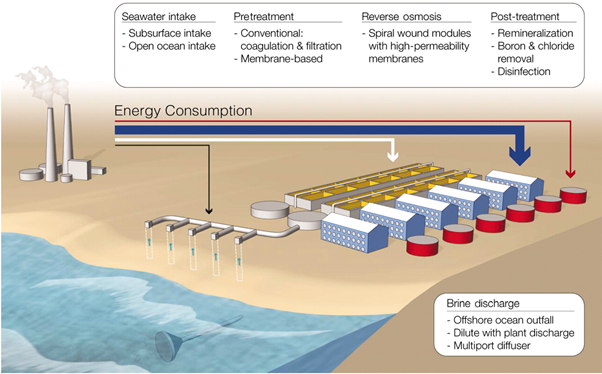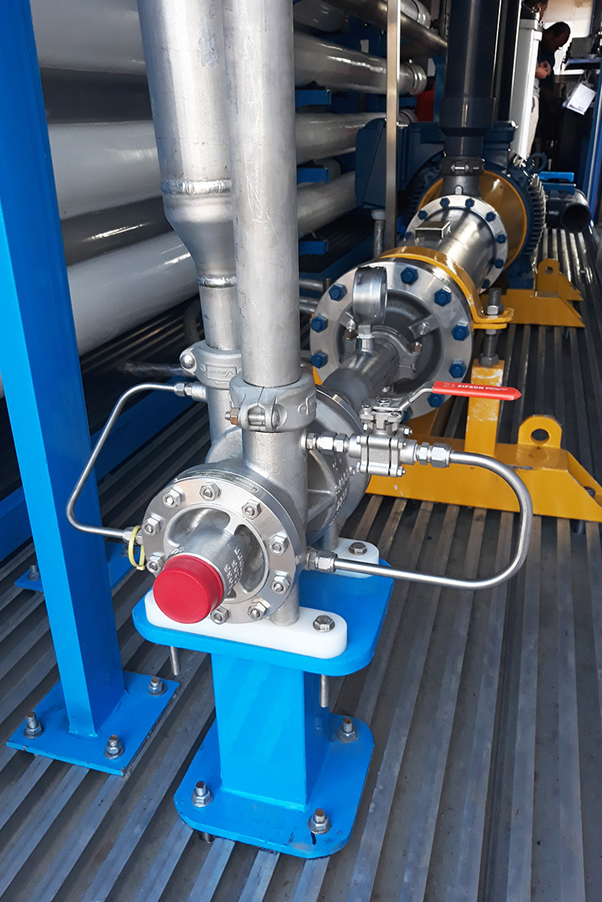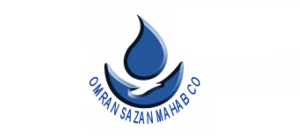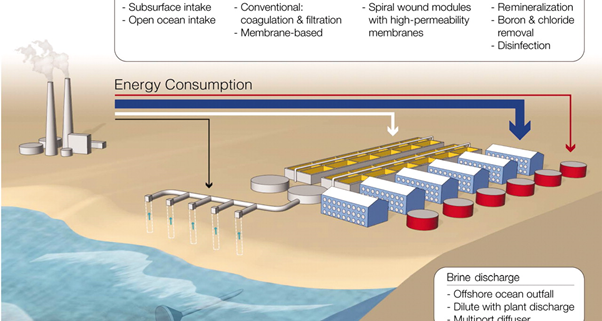Wastewater treatment using CCRO
- Wastewater treatment using CCRO lowers the feed pressure requirement, improves membrane performance, increases operational flexibility and eliminates the need for energy recovery devices using only standard RO equipment.

- Energy consumption in multi-stage conventional RO systems is much more sensitive to changes in system operating conditions or feedwater properties than comparable CCRO processes.

Abstract for linked in
It is predicted that by the year 2050, the world population will become 9 billion from the current population of 7 billion, with the standards of living continue to rise, the amount of water required then will be about three times of the present availability. Some of the new technologies being used and introduced for wastewater treatment globally to reclaim the resources: membrane filtration, nanotechnology, automatic variable filtration technology, microbial fuel cells, and new urban sanitation technology or hybrid methods.
Methods of blowdown treatment
In several power plants microrofiltration (MF) technology was used to treat and reuse cooling tower blowdown in a ZLD. The whole treatment process is not done only by MF and it was classified into pre- and post-treatment as follows;
Chemical addition to the blowdown water to effect hardness (increase the PH up to 8.5) and silica removal (PH= 10-11) by precipitation.
The precipitated solids are removed with microfiltration technology
3.The MF treated water directed to a first-stage RO unit
Portion of permeate is sent directly to the cooling tower as makeup water and the remainder to a polishing RO with its permeate treated with continuous deionization (CDI) technology for boiler feed.
The concentrate stream from the first-stage RO unit is sent to a second-stage RO with its permeate utilized as cooling tower makeup and concentrate dewatered in a crystallizer.

RO in blowdown water treatment
Permeate flux and salt retention are the main parameters that determine the performance of an RO system. These parameters are mainly influenced by factors such as pressure and recovery. These variables influence the performance of the system in their own way. In practice, performances are usually influenced by multiple parameters [2].
The challenges in treating cooling tower blowdown
The contaminated liquid is very high in solids. Treatment options for disposal of these liquids such as crystallizers require a large amount of thermal energy, a large footprint, and expensive corrosion-resistant materials.
Evaporation ponds must be lined and may not be feasible in locations with limited space and low net evaporation rates;
Wastewater can be collected and treated at offsite facilities when no onsite treatment is available.
[1] Peter S. Cartwright, Cooling Tower Blowdown Treatment and Reuse, Water Conditioning & Purification, 2013.
[2] Kaliapan S., Sathish C., T. Nirmalkumar, Recovery and reuse of water from effluents of cooling tower, J. Indian Inst. Sci., July–Aug. 2005, 85, 215–221
The Corrugated Plate Interceptor
This is a gravity separator. The CPI is designed to separate oily waste water in the lighter oily fraction and the heavier water fraction. The heavy particles will be separated as well and sink to the bottom of the CPI.
In an CPI packages, the effectiveness of this technique is subjected to various factors such as density difference, viscosity of the oil, medium properties, temperature, turbulence, and the nature of impurity.
In Oily water treatment, plate packs (placed in predetermined angles) are used in CPI separators to improve the size and economy of the separator system.
The number of Plate packs per CPI separator is calculated based on the effluent flow and its characteristics to the unit.
The liquid to be treated flows through the spaces between the Corrugated Plates in each Plate pack. Ideal condition for separation is achieved in the CPI (Corrugated plate interceptor) separator by simulating a laminar flow condition through the plate pack.
Advantages of Designed CPI Separators in Oily Water Treatment System:
– Low Spare requirement.
– Very low maintenance cost since there are no moving parts.
– High efficiency and capacity combined with compact volume.
– Can handle shock loads of flow without affecting effluent quality significantly.
– Selection can be done from large number of type of basins (RCC, Mild Steel, Stainless Steel) for plate packs in CPI separators.

Disadvantages Of Designed CPI Separators in Oily Water Treatment System:
– The effluent oil concentration is higher than that of other methods;
– Large surface area required;
– Large volume results in dead zones en reduction of net available surface area;
– Expensive oil/bottom scrapers required that are maintenance intensive;
– Ineffective with small oil droplets or emulsified oil, Require long retention time to achieve efficient separation.
The most common form of parallel plate interceptor used in petroleum facilities is the corrugated plate interceptor (CPI). This is an improvement in the shape/model of the PPI which requires a small area to move the same particle size and has the added advantage of making the following sediment easier to handle.





دیدگاه خود را ثبت کنید
تمایل دارید در گفتگوها شرکت کنید؟در گفتگو ها شرکت کنید.